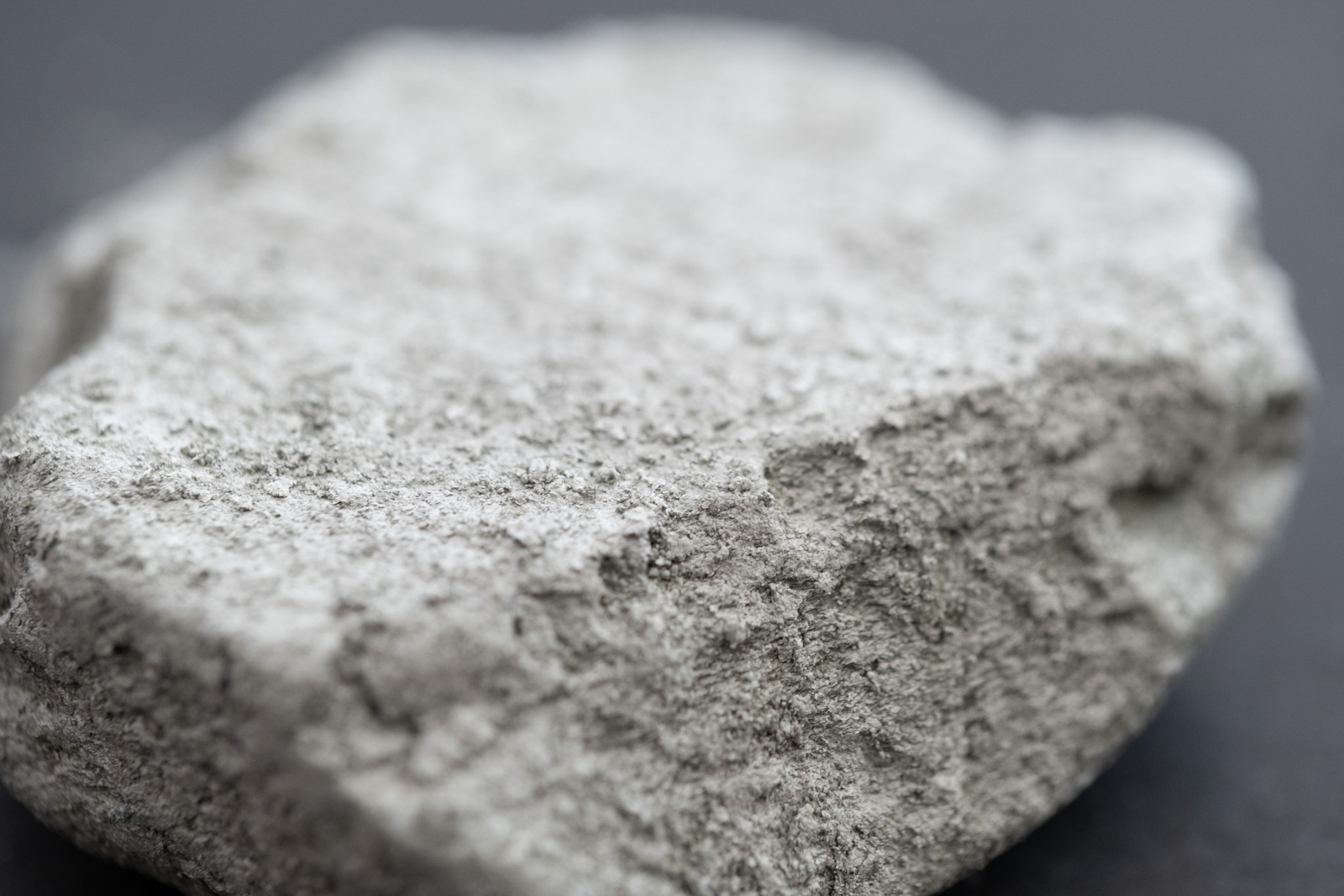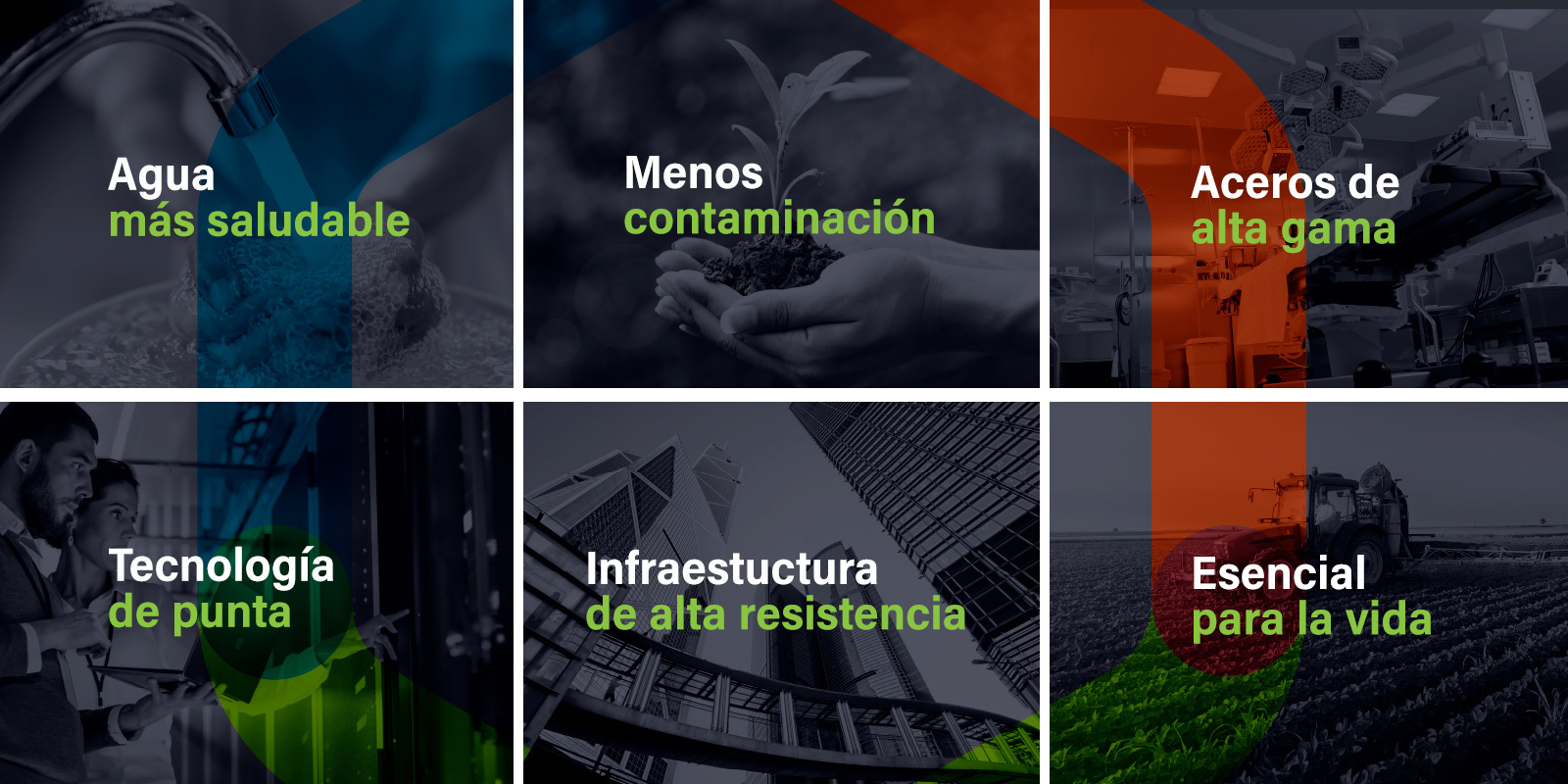
What is molybdenum?
Molybdenum (Mo) is a silvery gray chemical element. It is not naturally found in its purest state, but as molybdenite. Molybdenite can be found in the different layers of the Earth, mixed with other elements, but primarily copper. Highly durable and resistant to temperature and corrosion, molybdenum is widely used in high-quality steel alloys required by the metallurgical, chemical, and metallic industry.
+

